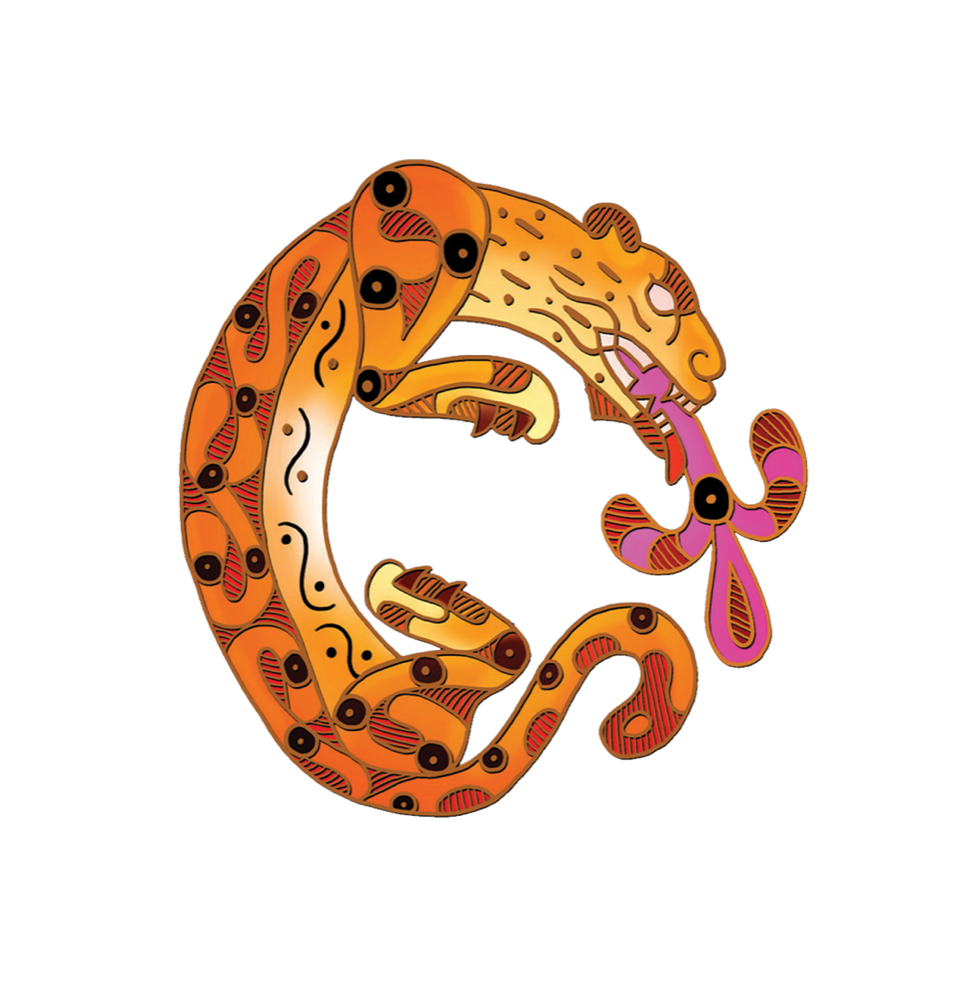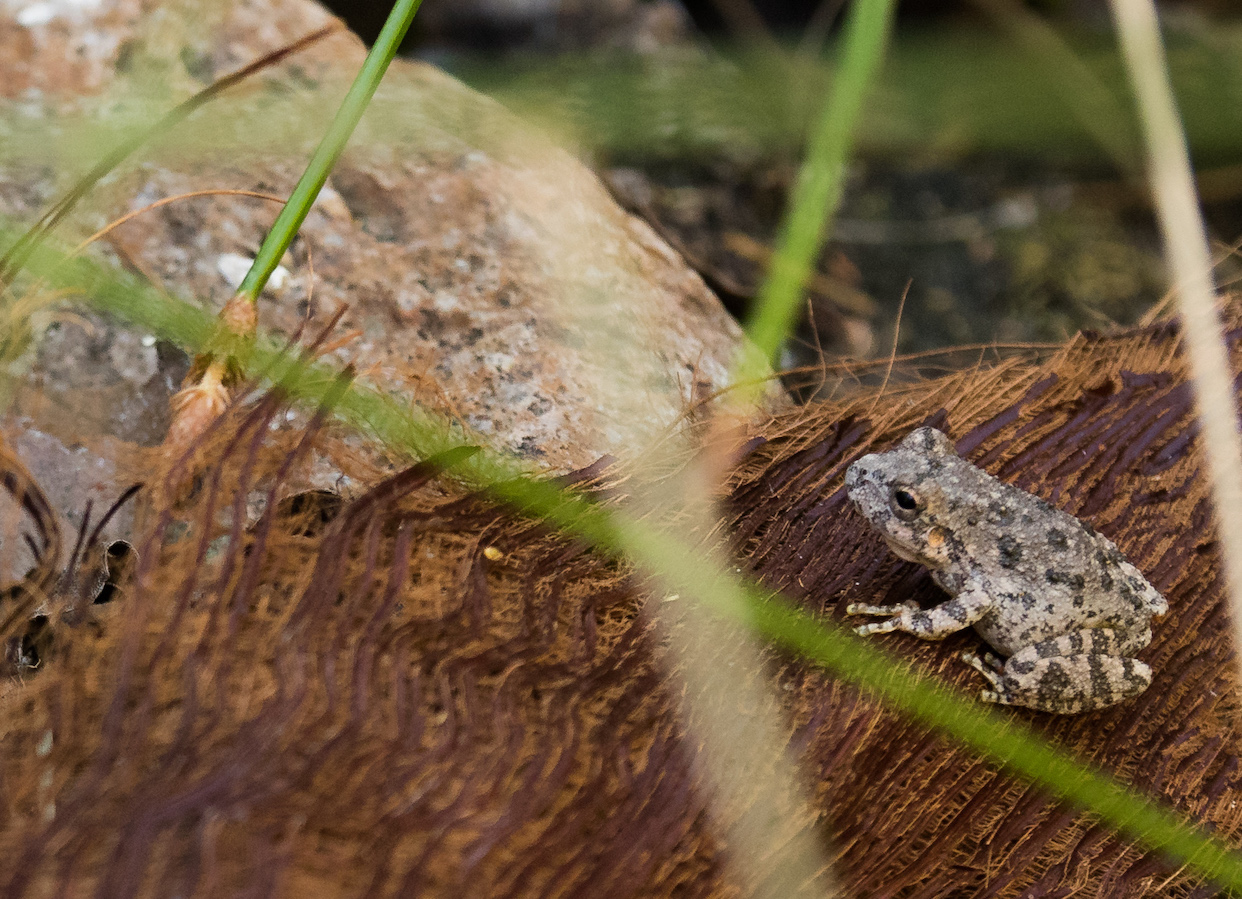
Beyond the jaguar, the Northern Jaguar Reserve endeavors to preserve native biodiversity, natural ecological function, and the wild character of this region. The reserve protects many species of migratory, wintering, and breeding birds, bats, and butterflies, as well as rich communities of amphibians, reptiles, insects, and plants. Ongoing research and monitoring are important elements to enhance conservation on the reserve and neighboring Viviendo con Felinos ranches.
Camera Monitoring
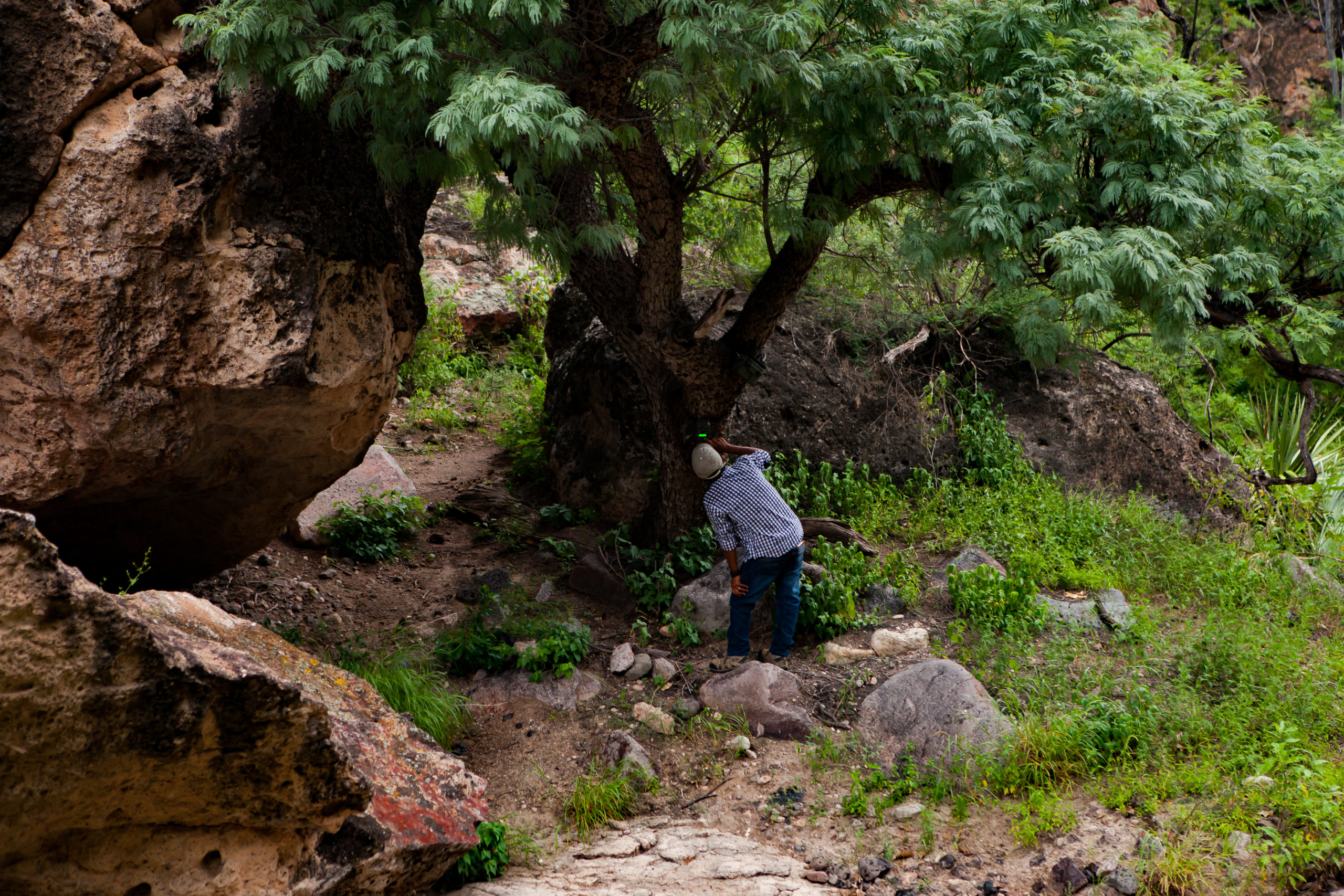
Our field team includes biologists, field technicians, and vaqueros who maintain motion-triggered cameras as a non-invasive method of wildlife observation. Motion-triggered cameras are used worldwide to study hard-to-detect species such as the jaguar. Photographs from paired camera stations allow us to identify individuals by matching a jaguar’s unique spot pattern. The frequency our cameras are checked depends on the location and can be between one and four months.
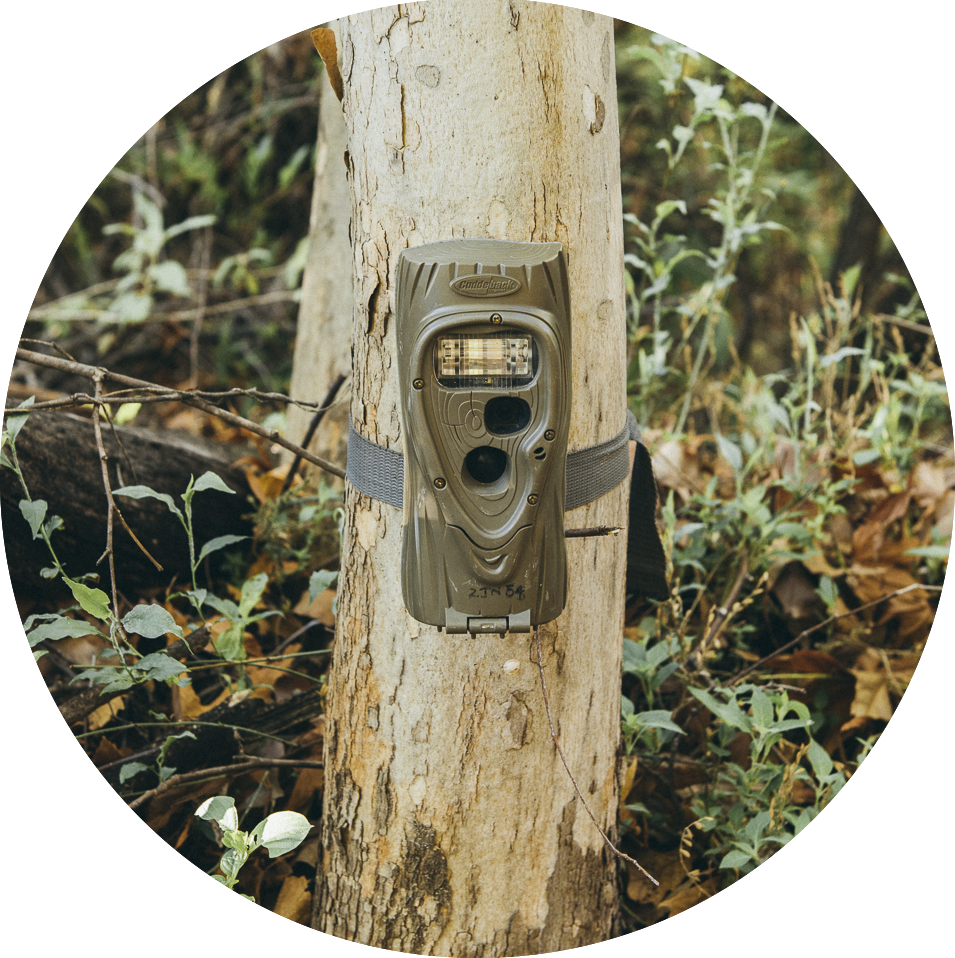
As one of the largest study areas for jaguars in Mexico, our camera methods are well established and produce much-needed data across a wide landscape. Our monitoring is also the longest period of continuous jaguar observation anywhere in the country, with more than 20 years of information. Our photo database contains more than 3,500 ocelot and 1,900 jaguar records.
These camera images and resulting analysis of feline movements guide expansions to new areas. Since 2016, the combined area for scientific inquiry on the reserve and Viviendo con Felinos ranches has increased more than 50 percent. The total number of photos has more than doubled in this time.
With a greater number of cameras across a larger area, more individual jaguars appear.
Several cameras are placed near fallen palm trees, which are popular scratching posts
Long-term camera monitoring is key to understanding the role carnivores play in shaping an ecosystem. We are positioned to compare approaches on the reserve and Viviendo con Felinos ranches, considering geographical features, areas with grazing and without, and the implications of each owner making their own management decisions. We can also use camera results to explore relationships between different species of large felids and their prey.
We have made connections with researchers throughout Sonora, and we are putting camera records together to further knowledge of where jaguars are moving in the region, which habitats are more favorable, and which individuals we share.
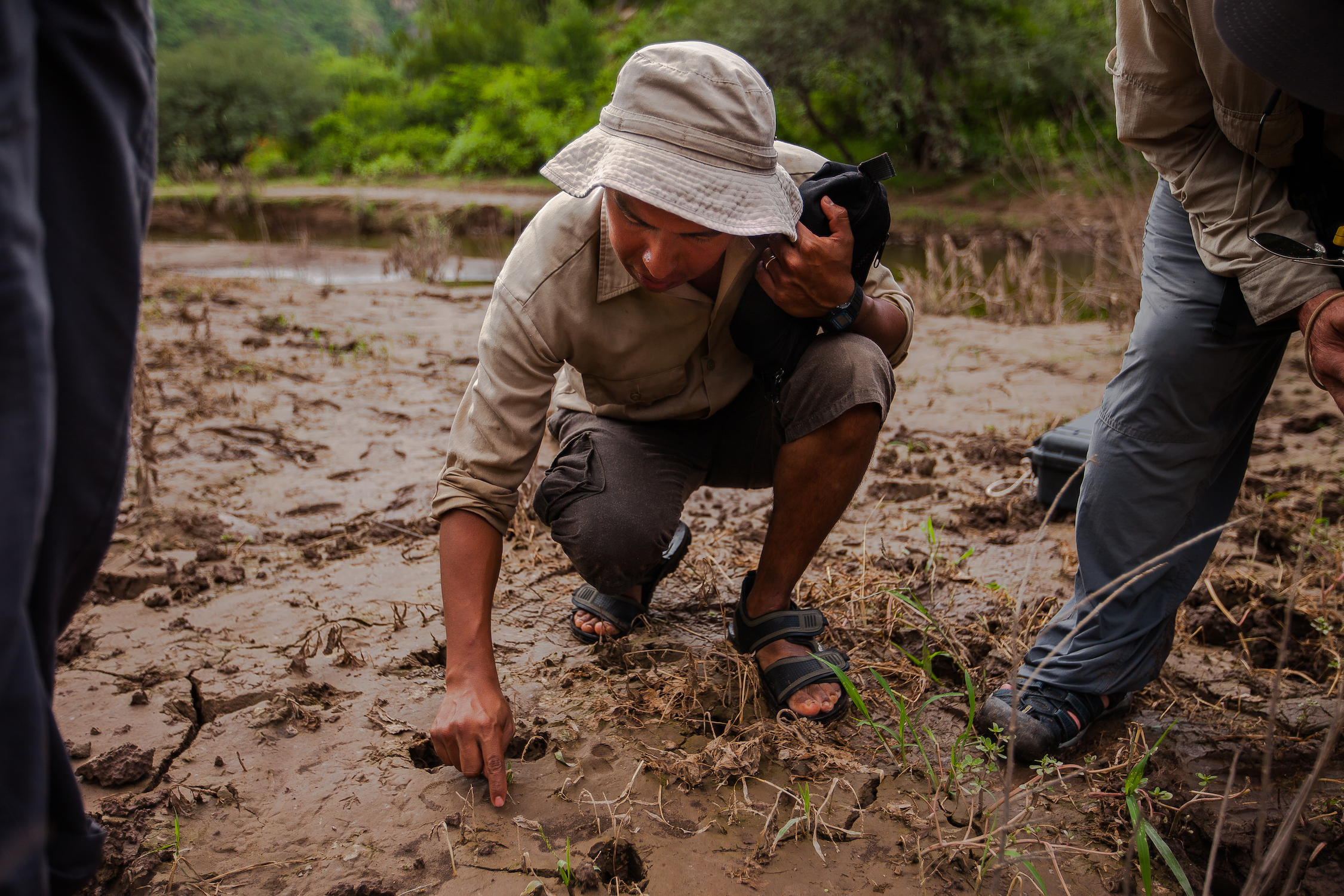
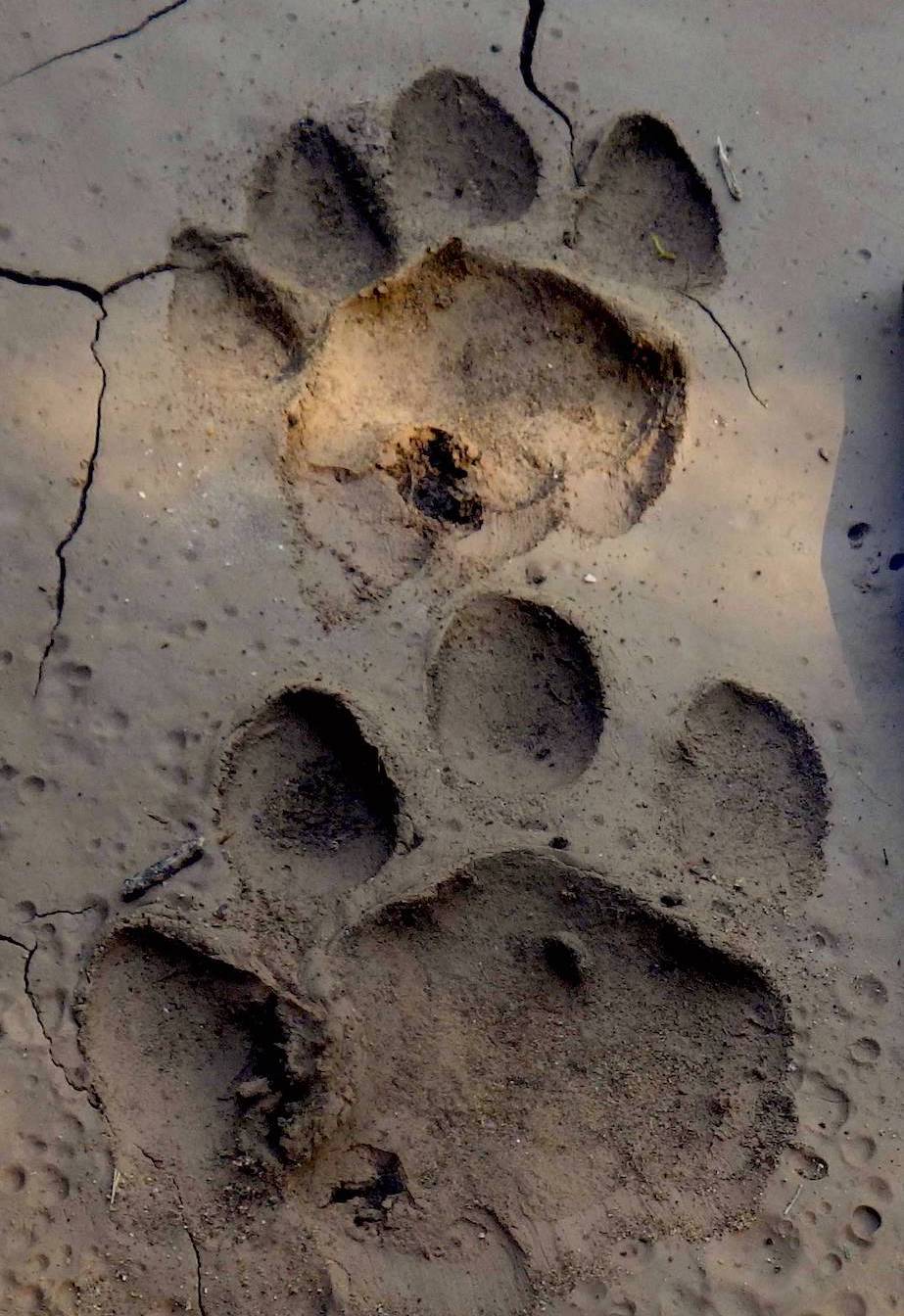
Focal Species
Our binational Science and Conservation Advisory Team selected focal species on the reserve based on broad habitat requirements and life history traits. These surrogates serve as indicators for the status of other species and ecosystem processes, and help to gauge the overall success of our management activities. Along with jaguars and ocelots, priorities include ranid frogs, fish, small mammals, birds (particularly military macaws), vegetation communities, and water quality.
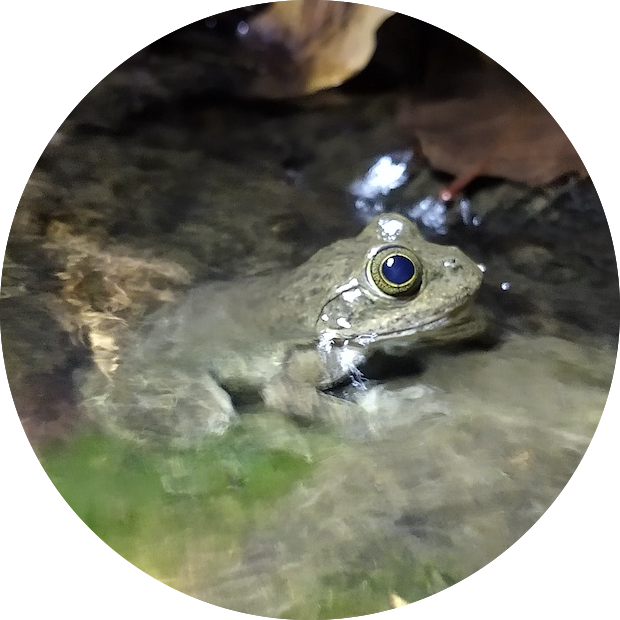
In 2019, we developed a ranid frog protocol and trained our field team to use visual encounter surveys. We now sample designated aquatic sites twice a year, estimate the total surface water area, and record the presence/absence of diseases such as chytrid fungus. With long-term monitoring in this manner, we can produce trend estimates that note the change in relative abundance and identify evidence of population declines, increases, or other patterns.
FISH
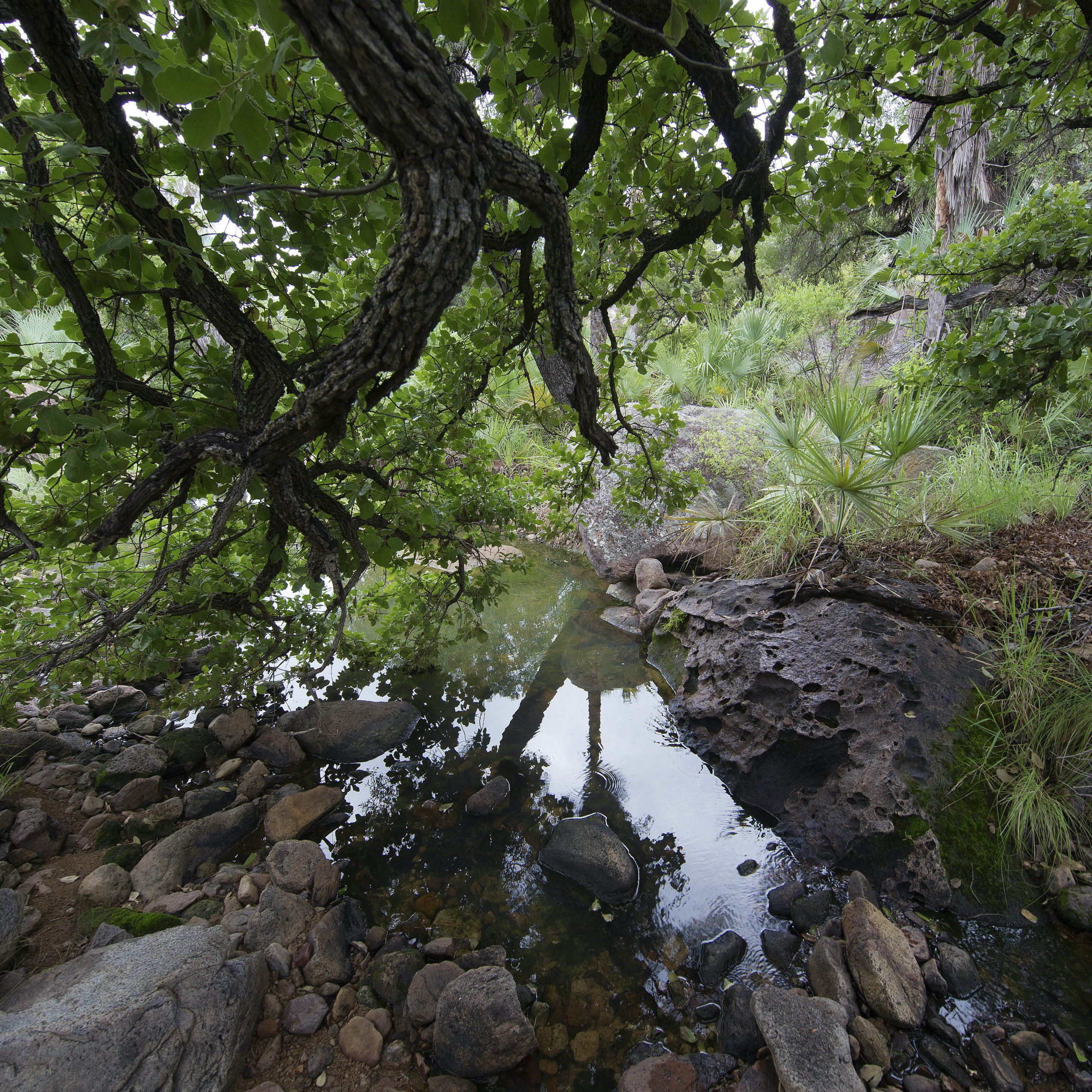
We are performing fish inventories to learn the species in the reserve’s arroyos and Río Aros, and then will create a long-term monitoring protocol for target species.
WATER QUALITY
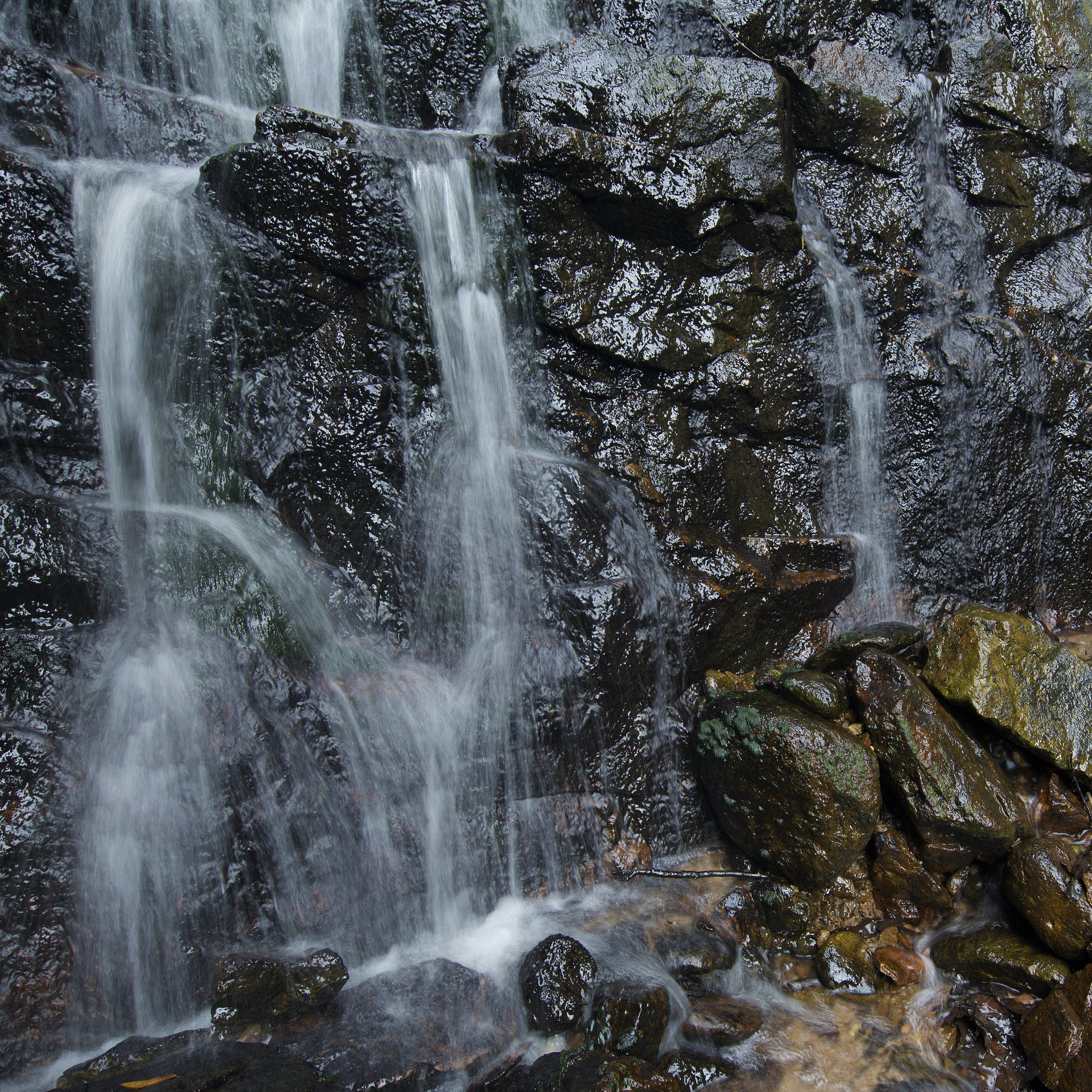
We are in the process of developing renewed guidelines for water-quality monitoring in arroyos, ponds, wells, and on the river to follow up baseline water testing begun in 2009.
WEATHER
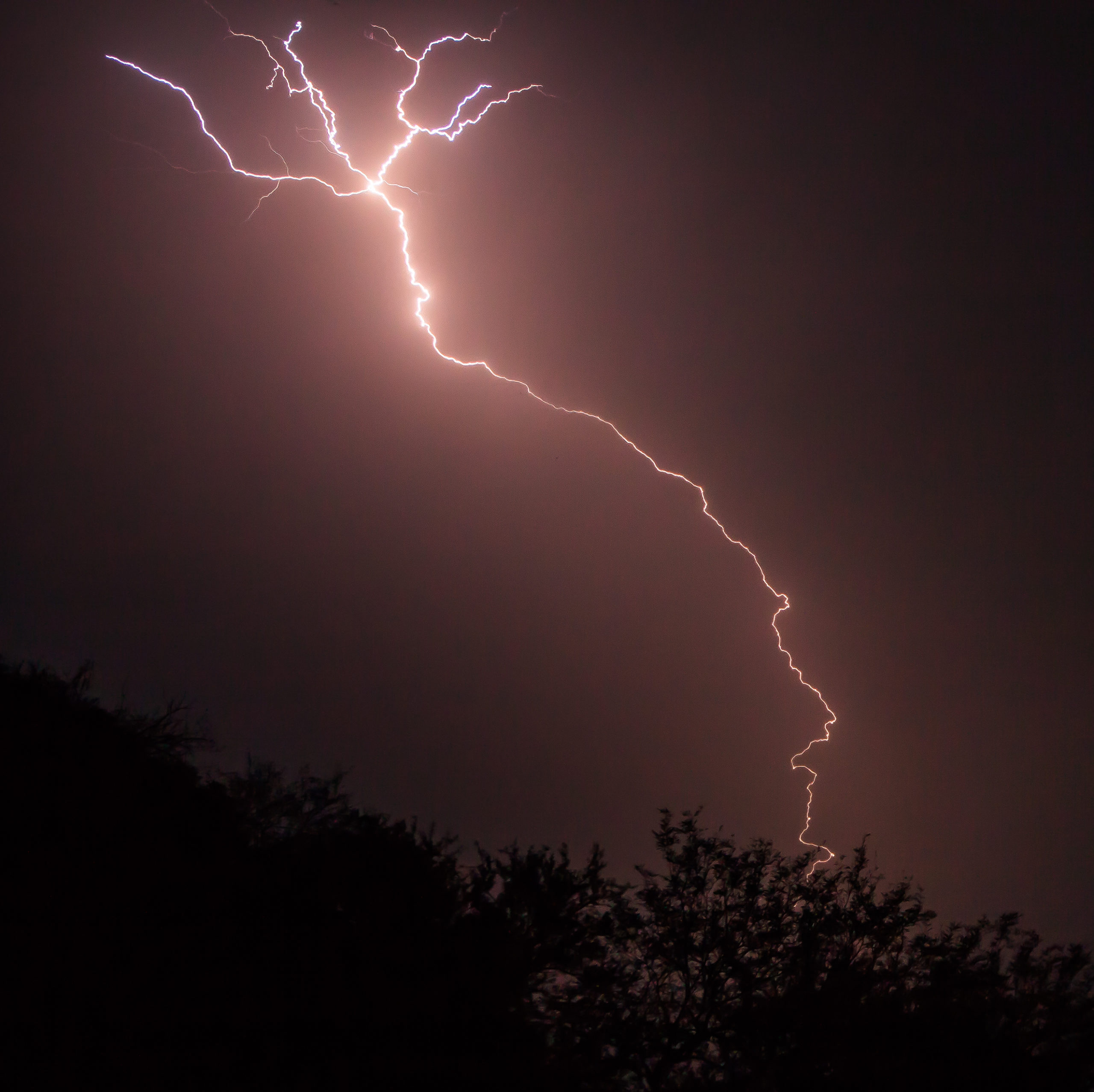
We have maintained multiple weather stations throughout the reserve to monitor climatic conditions, including years of heavy precipitation and extreme freezes, since 2010.
Neotropical river otter on the Northern Jaguar Reserve
Species We Protect
Many species found on the reserve are near the north or south edge of their range, such as the spotted box turtle and lowland leopard frog, and new geographical extensions are still being discovered. Species of particular interest include the Neotropical river otter, military macaw, golden and bald eagles, black bear, and each of the four felines. There are more than 20 species protected under Mexican law as either threatened or endangered.
Birds – Species list, photos
Felines – Photos
Fish – Species list
Herpetofauna – Species list, photos
Invertebrates – Species list, photos
Mammals – Species list, photos
Plants – Species list, photos
Bird Surveys
Working with an ornithologist from the University of Arizona, we began to assess the distribution, residency, breeding status, and abundance of birds on the reserve. While the coastal migratory corridor for birds in western Mexico has been relatively well-studied, our efforts were the first to monitor bird status and distribution along the inland migratory corridor in this region.
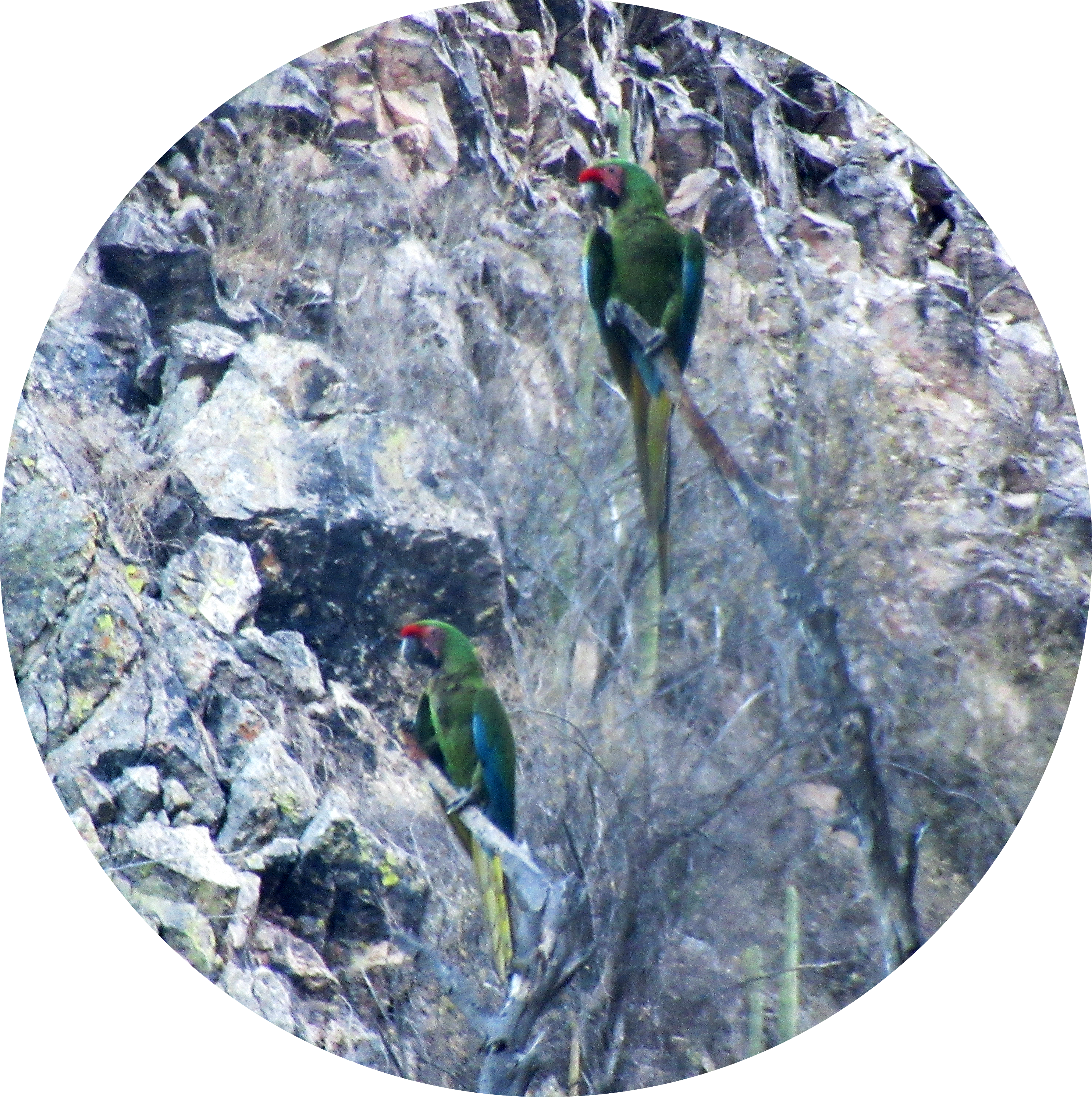
Since 2007, we have conducted extensive bird surveys across all seasons and major vegetation communities on the reserve. Our efforts have filled important information gaps by detailing what species are present and identifying the importance of riparian areas and thornscrub habitat.
We are specifically interested in three groups: long-range Neotropical migrants traversing an inland flyway and of conservation concern, short-range migrants breeding in the southwestern U.S., and tropical migrants wintering to the south and breeding in foothills thornscrub and riparian woodlands.
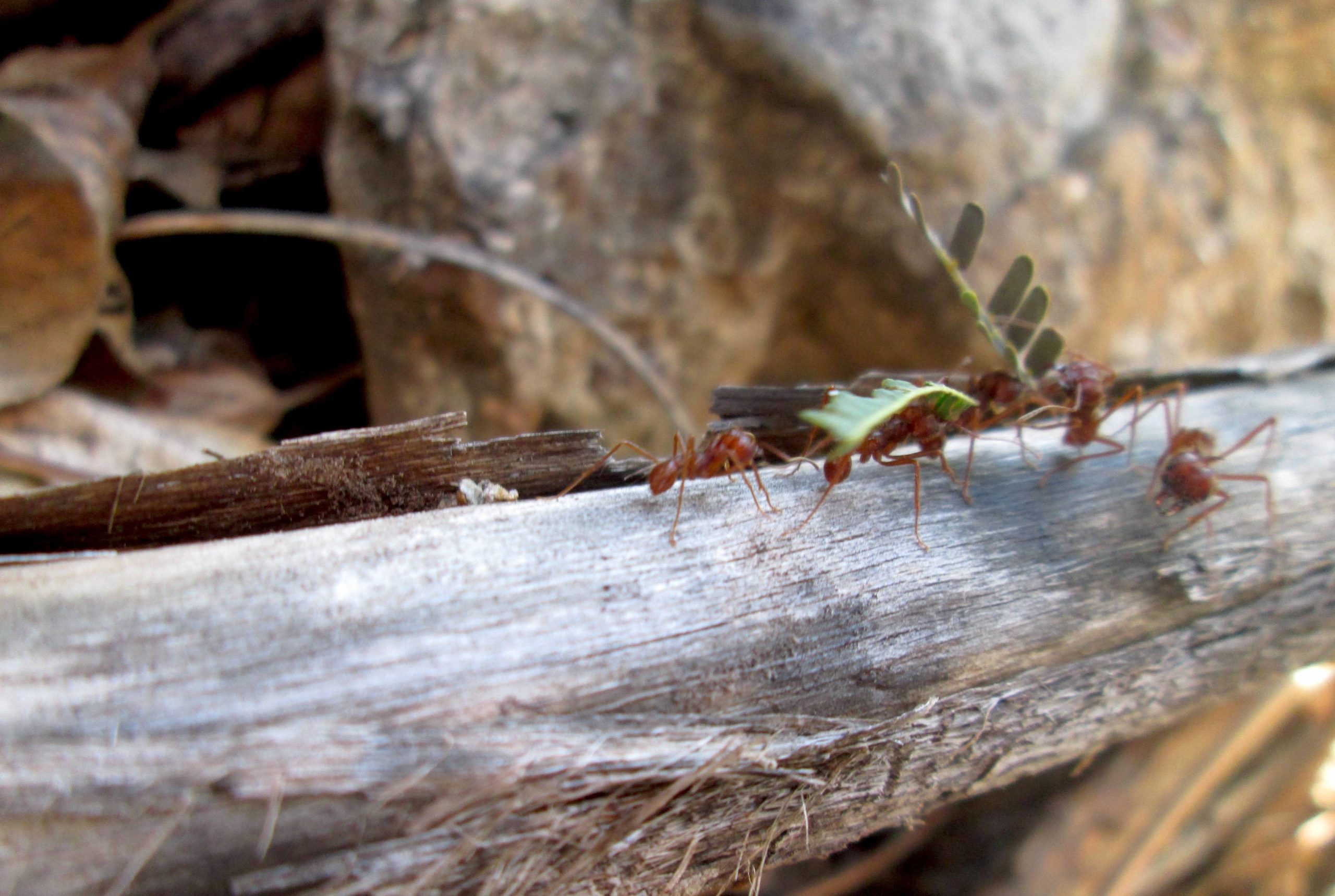
Invertebrates
An entomologist from the University of Querétaro has overseen two invertebrate monitoring efforts on the reserve since 2011. Most recently, in 2019, terrestrial and aquatic sites were sampled with estimated diversity indexes. They evaluated ants, bees, wasps, beetles, necrophages, and aquatic invertebrates, which are good indicators of a healthy ecosystem.
Vegetation Change

The data collected from repeat photography can provide an effective way to visualize how the landscapes on the reserve change over time. We created a protocol for permanent photo plots, and, twice a year, we photograph 20 sites representing a variety of habitats. Some locations have images back to 2008, giving a glimpse into whether conservation actions are producing positive results.
We are working with a Mexican researcher from the University of Sonora to build on past vegetation surveys that started in 2006, assess land cover trajectories and vegetation trends after the removal of livestock on the reserve, and establish new vegetation plots to examine how plant communities are responding to environmental variables.
PUBLICATIONS: Felines
Jaguar Interactions With Pumas and Prey at the Northern Edge of Jaguars’ Range – PeerJ (2017)
Ocelots Thrive in a Non-Typical Habitat of Northwestern Mexico – Endangered Species Research (2017)
Are Private Reserves Effective for Jaguar Conservation? – PLOS ONE (2015)
When Will Female Jaguars Cross the Border? – USDA Forest Service Proceedings (2013)
Estimation of the Density of the Near Threatened Jaguar Panthera onca in Sonora, Mexico, Using Camera Trapping and an Open Population Model – Oryx (2012)
Identifying Potential Conservation Areas for Felids in the USA and Mexico – Oryx (2009)
Sexual Differentiation in the Distribution Potential of Northern Jaguars (Panthera onca) – USDA Forest Service Proceedings (2005)
The Ocelot, Leopardus pardalis, in North-Western Mexico – Oryx (2003)
PUBLICATIONS: Other Species
Geographic Distribution of Micrurus distans – Herpetological Review (2019), Herpetological Review (2013)
Interactions Between Sonora Desert Toads and Mammalian Predators at the Northern Jaguar Reserve – Sonoran Herpetologist (2016)
Avian Richness, Status, and Conservation in the Northwestern Neotropics in Sonora, Mexico – Natural Areas Journal (2015)
Bird Ecology and Conservation on the Northern Jaguar Reserve: Recent Lessons – USDA Forest Service Proceedings (2013)
Primer Registro Del Murciélago Bigotón Pteronotus parnellii Al Este De Sonora – Revista Mexicana de Mastozoología (2013)
Amphibians and Reptiles of the Northern Jaguar Reserve and Vicinity, Sonora, Mexico – Sonoran Herpetologist (2011)
¿Pueden Las Variables De Paisaje Predecir La Abundancia De Venado Cola Blanca? – Tropical Conservation Science (2009)
Distribution, Habitat Association, and Activity Patterns of Medium and Large Mammals – Natural Areas Journal (2004)
Photos: Rita Leal, Mikal Jakubal, George Etheredge, Miguel Gómez, Brendon Kahn, Braulio Duarte Arvayo, Laqui Duarte

